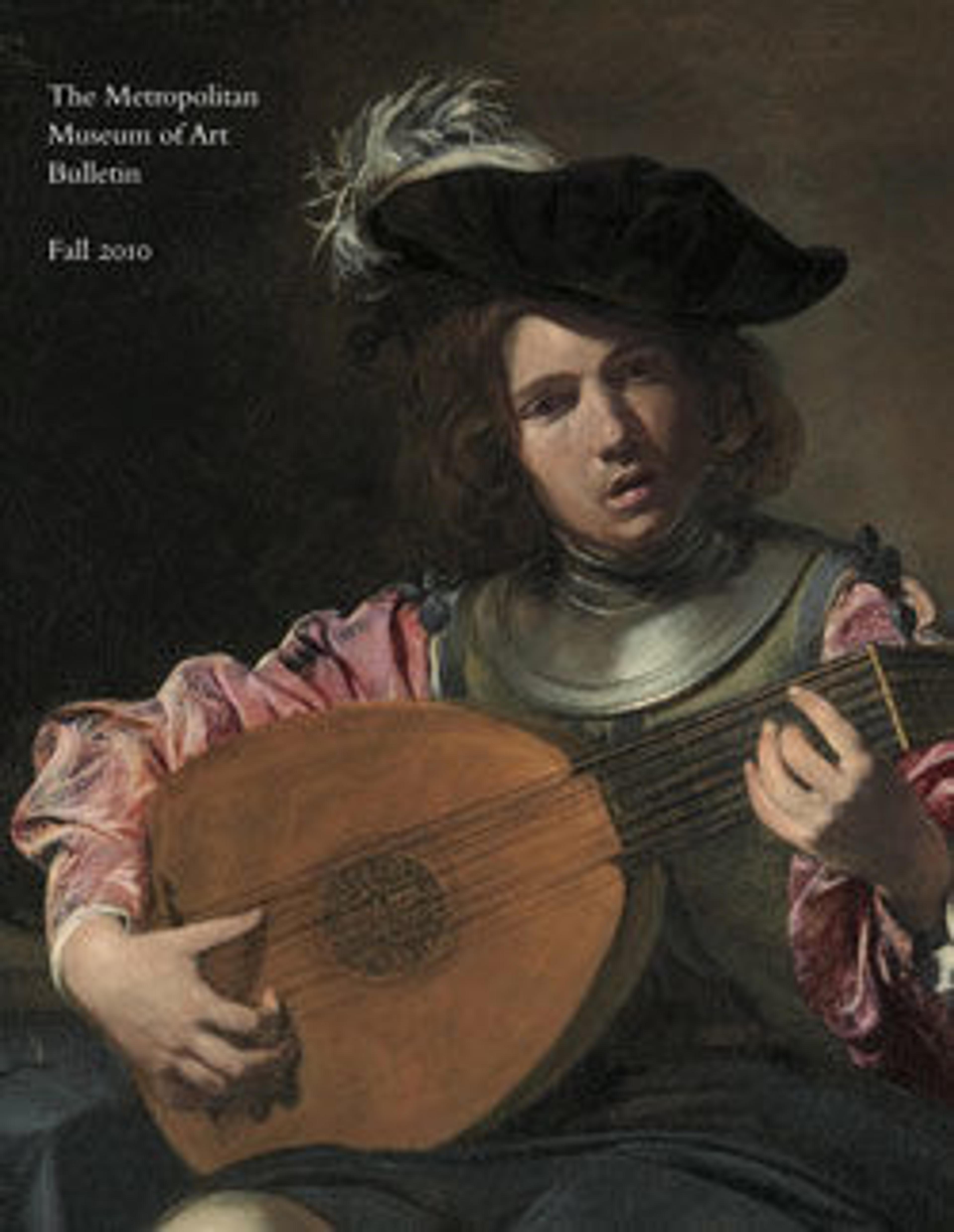One Hundred Boys
The signatures and red intaglio seals appearing at the left- and rightmost corners of these brilliantly painted small-format screens read, respectively, "painted by Kano Nuidonosuke Einō" and "Sansei." The character "San" (mountain) of the "Sansei" seal refers to Einō's father, Sansetsu (ca. 1589–1651), whom he succeeded as the third head of the Kyoto-based branch of the preeminent Kano family workshop. Unarguably the most important family of painters in Japanese history, the House of Kano served as official painters to the imperial and military elite for over four centuries. In addition to excelling in the family style, Einō is widely known as the author of History of Painting in This Realm (Honchō gashi), the first major history of painting written in Japan. His text, based on drafts by his father, was heavily influenced by Chinese histories of the subject, reflecting a continental bias that is also evident in his and other Kano artists' paintings.
While the felicitous theme of "One Hundred Boys" first appeared in China during the Song dynasty (960–1279), these screens are indebted to prototypes from the later Ming era (1368–1644), when the subject also appeared widely on ceramics and other decorative arts objects. The detail, variety, and sheer number of figures, executed in fine-quality pigments, along with other features of the screens' construction indicate that the family who commissioned them was aristocratic. They may have belonged to a bride's wedding trousseau, perhaps to inspire the creation of a large and joyous family.
While the felicitous theme of "One Hundred Boys" first appeared in China during the Song dynasty (960–1279), these screens are indebted to prototypes from the later Ming era (1368–1644), when the subject also appeared widely on ceramics and other decorative arts objects. The detail, variety, and sheer number of figures, executed in fine-quality pigments, along with other features of the screens' construction indicate that the family who commissioned them was aristocratic. They may have belonged to a bride's wedding trousseau, perhaps to inspire the creation of a large and joyous family.
Artwork Details
- 狩野永納筆 唐子遊図屏風
- Title: One Hundred Boys
- Artist: Kano Einō (Japanese, 1631–1697)
- Period: Edo period (1615–1868)
- Date: 17th century
- Culture: Japan
- Medium: Pair of six-panel folding screens; ink, color, and gold on paper
- Dimensions: Image (each screen): 44 7/8 in. × 9 ft. 3 in. (114 × 282 cm)
- Classification: Paintings
- Credit Line: Purchase, Lila Acheson Wallace Gift, Mary and James G. Wallach Foundation Gift, Gift of Dr. Mortimer D. Sackler, Theresa Sackler and Family, and Dodge Fund, 2009
- Object Number: 2009.260.1, .2
- Curatorial Department: Asian Art
More Artwork
Research Resources
The Met provides unparalleled resources for research and welcomes an international community of students and scholars. The Met's Open Access API is where creators and researchers can connect to the The Met collection. Open Access data and public domain images are available for unrestricted commercial and noncommercial use without permission or fee.
To request images under copyright and other restrictions, please use this Image Request form.
Feedback
We continue to research and examine historical and cultural context for objects in The Met collection. If you have comments or questions about this object record, please contact us using the form below. The Museum looks forward to receiving your comments.
